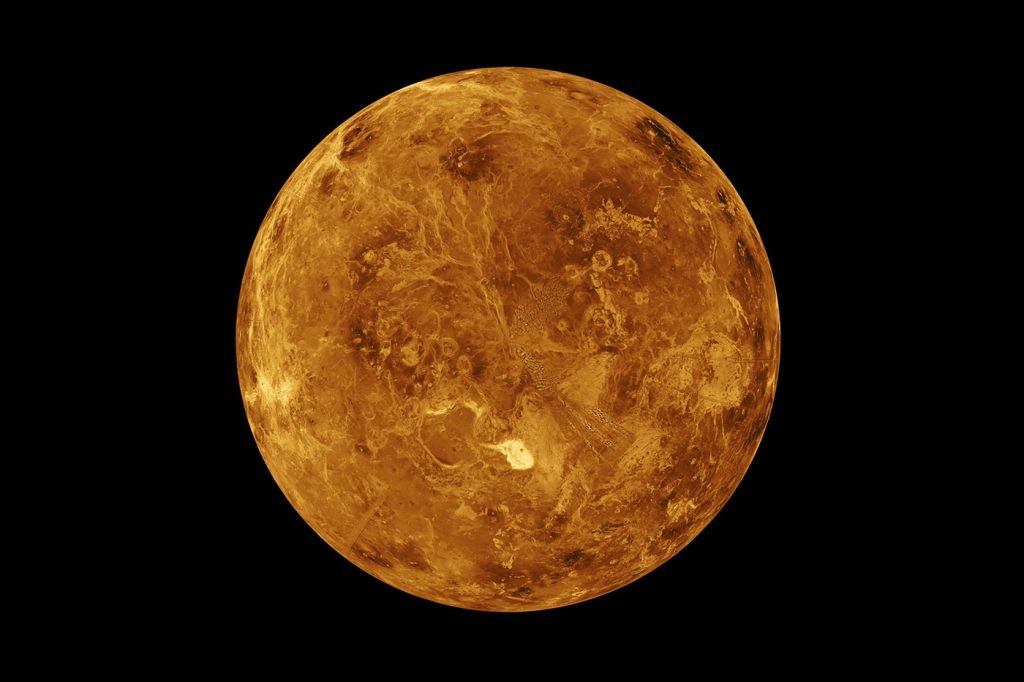
These scientists don’t want to go to Mars, they prefer Venus
A group of researchers led by Noam Isenberg, co-chair of the Venus Exploration Analysis Group at Johns Hopkins University, is calling for NASA to launch a manned flight program to Venus instead of Mars. With the Artemis program making its way onto the US space agency’s calendar, scientists around the world have been invited to think about their “next step.”
For NASA, it looks like the road really does track everything. After reaching the Moon in 2025 (or 2026), the space agency hopes to take direction from Mars, our red neighbor, for manned missions in 2030. A scenario that doesn’t satisfy Eisenberg at all. The scientist shows that it would be better to take the opposite direction, the direction of Venus.
Venus: a hard-to-reach planet?
Often referred to as the “damned twin” of Earth, Venus is a very special planet in our solar system. It is the only one that has an inverted direction of rotation. With a very dense atmosphere, landing on the rocky ground of the planet is a miracle.
On the other hand, the soil of Little Orange Planet is not idyllic. Its surface temperature is about 460 degrees Celsius. The authors of the report defended by Eisenberg explained that although these living conditions are very different from what we know, Venus is “an Earth-like world. It is the closest and most relevant that has been explored to date.”
This report, presented at the latest edition of the International Space Conference (IAC), should now fulfill another goal: to be heard and read by NASA. The US space agency has put significant resources into its Artemis program, and if the moon is the target, everyone has Mars in the back of their mind.
Mars is a better candidate ?
The Red Planet is Elon Musk’s dream, and science fiction has led to a bright future on a planet whose latest discoveries have made it more habitable than expected. Unlike Venus, Mars would have supported life in the past.
But unlike Venus, the Red Planet is already well known. Going to the latter will only confirm observations that NASA has already made for years. On the other side of the spectrum, scientists explain that traveling to Venus can be a more rewarding task, because the planet is not so well known.
Venus: a habitable planet in the air ?
Especially since Venus is probably less cruel than we think. During a recent observational mission, researchers from the University of Wales announced that they had found phosphine in the upper layers of Venus’s atmosphere.
If the discovery has since been called into question, the presence of phosphine is a very beautiful find, one that could lead to the discovery of life in the planet’s atmosphere. If the surface of Venus is uninhabitable (due to temperatures and pressure levels), the upper atmosphere (100 km altitude) provides much better living conditions.
With a temperature of between -25°C and +45°C during Venus nights, which last 58 Earth days, a manned mission can travel to this region of the planet to closely monitor it.

“Organizer. Social media geek. General communicator. Bacon scholar. Proud pop culture trailblazer.”
